Search engine optimization is incredibly important for marketers. When you optimize your web pages — including your blog posts — you’re making your website more visible to people who are looking for keywords associated with your brand, product, or service via search engines like Google.
But it can be a pretty tricky tactic to master with Google’s copious
algorithm updates.
How do you know what matters and what doesn’t? What are today’s blog SEO best practices, and what’s considered “old-school”? How on earth can you keep it all straight?
We understand confusion is a common issue facing inbound marketers — and we want to help. In this post, we’ll cover how to optimize your blog posts for the keywords you care about, along with a few other optimization tactics you should keep in mind.
Note that this list doesn’t cover every single SEO tactic under the sun. Rather, these tips are meant to get you started with improving SEO for your blog in particular.
How to Search Engine Optimize Your Blog Content
1) Focus on 1–2 long-tail keywords.
Optimizing your blog posts for keywords is not about incorporating as many keywords into your posts as possible. Turns out that’ll actually hurt your SEO because search engines will think you’re keyword stuffing (i.e., including your keywords as much as possible with the sole purpose of gaining ranking in organic search).
But that’s not cool with search engines, nor does it make for a very good reader experience. Instead, you should use keywords in your content in a way that doesn’t feel unnatural or forced.
A good rule of thumb is to focus on one or two keywords per blog post. This’ll help keep you focused on a goal for your post. While you can use more than one keyword in a single post, keep the focus of the post narrow enough to allow you to spend time actually optimizing for just one or two keywords.
Using long-tail keywords may be more efficient to this end, since website visitors searching long-tail terms will often be more qualified. In other words, you’ll bring in the right type of traffic — visitors who convert — by using long-tail keywords.
2) Include these 1–2 keywords in specific parts of your post.
Now that you’ve got your one or two keywords, it’s time to incorporate them into your blog post. Where are the best parts of your posts to include these terms so you rank high in search results?
There are four essential places where you should try to include your keywords: headline, headers and body, URL, and meta description.
Title
The title (i.e., headline) of your blog post will be a search engine’s and reader’s first step in determining the relevancy of your content, so including a keyword here is vital.
Be sure to include your keyword within the first 65 characters of your headline, which is just about where Google cuts it off on search engine results pages (SERPs). Technically, Google measures by pixel width, not character count, and it recently increased the pixel width for organic search results from approximately 500 pixels to approximately 600 pixels, which translates into around 65 characters.
Long title? When you have a lengthy headline, it’s a good idea to get your keyword in the beginning since it might be cut off in SERPs towards the end, which can take a toll on your post’s perceived relevancy. In the example below, we had a long title that went over 65 characters, so we front-loaded it with the keyword we were trying to rank for: “on-page SEO.”



